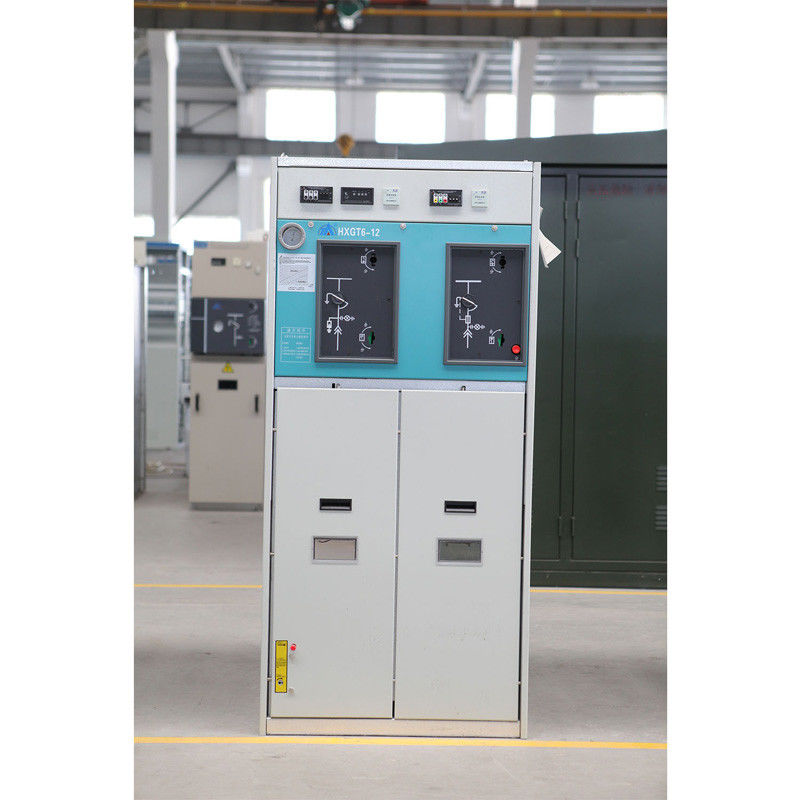

When inspected, all compartments must be checked, unlike GIS where the individual compartments and elements are fully insulated and can be monitored.

GIS drives only need to be re-greased after about 20 years (again, this varies between manufacturers).ĪIS systems should be visually inspected every year to two years (again, based on the specific manufacturer recommendation). On average, GIS systems need only be visually inspected every four years or more, depending on the specific manufacturer recommendation for your device. MaintenanceĪs discussed in point one, GIS switchyards require significantly less maintenance. As the parts are fully insulated, no cables or linkage can come in contact with the live parts. They also contain their own integrated testing instruments.Īrc flashes are rare in GIS because all the interior elements are insulated, with only the cable compartment being accessible. GIS systems are significantly easier to care for on a regular basis as they offer front instead of rear access. The physical footprint of a GIS is about 35% less than AIS. GIS systems also take up less space than AIS. The average installation time is reduced by approximately 30% with a GIS installation (when no gas-handling is required). AIS systems need busbar connections and boots on the switchgear. Provided the technician doesn’t need to handle the gas itself, GIS substations are quicker to install. This is largely due to the fact that GIS systems are significantly smaller and weigh less (despite the gas weighing more than air). Installing a GIS high voltage substation can be faster than installing its metal-clad AIS counterpart. The sealed mounted breakers are a ‘sealed-for-life’ technology, whereas the AIS breaker can be removed for maintenance and troubleshooting. GIS systems use fixed, mounted circuit breakers. Another significant construction-based difference between the two switchyards is that a metal-clad AIS uses three-position draw-out circuit breakers (on, off and test). Sulfur hexafluoride is five times heavier than air and offers excellent extinction behavior. GIS high voltage substation engineering uses the gas sulfur hexafluoride for insulation, whereas AIS uses air insulation in a metal-clad system. We’ll look comparatively at each of those five substation differences below. There are five major considerations in the differences between the two high voltage substations: their construction, installation, operation, ongoing maintenance and total cost of ownership.

The differences between air insulated substation engineering and gas insulated substation engineering are vast.


 0 kommentar(er)
0 kommentar(er)
